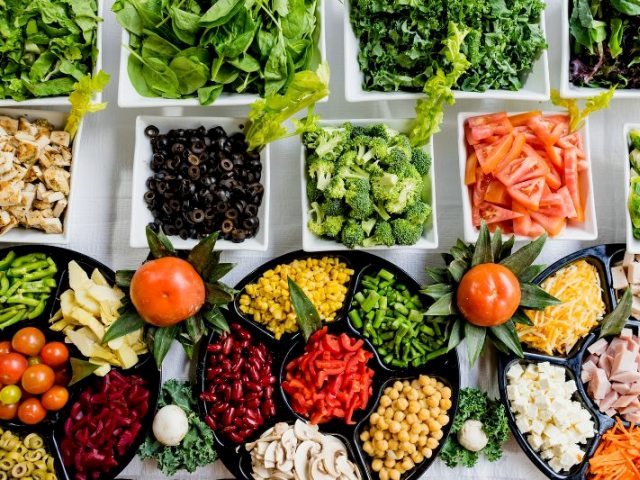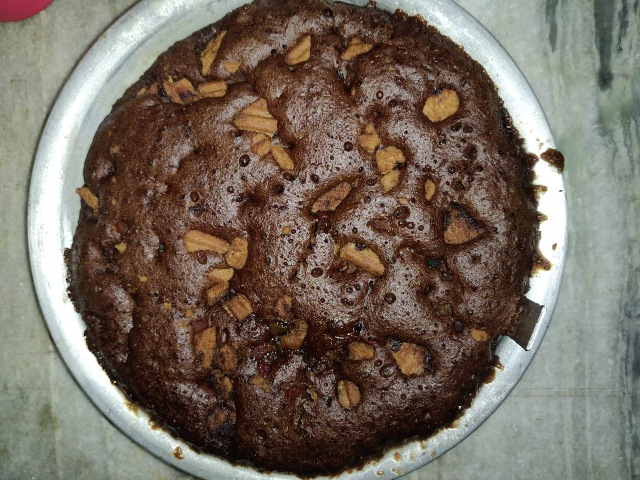What Is The Atkins Diet Plan
Even people who have never considered dieting, unless they have lived in a cave for the past 2 decades, have heard about the Atkins diet. Chances are good that you have either tried it yourself or know someone who has. When looking at the Atkins diet, it would seem like a god sent plan compared to what typical diets allow people to eat.
Is it really possible to eat bacon, eggs, coffee, steaks, fried butter, cheese, and other foods that are often a major no-no for most diets and still be able to shed that unwanted weight? Let’s take a closer look at the Atkins diet and see if it really is possible to lose that unwanted fat while eating foods that would typically never be found on the shopping list of most diet programs.
What Is The Logic Behind The Diet?
The overall concept of the Atkins diet is really fairly simple. Named after Dr. Robert Atkins, the diet focuses on eating foods that are high in protein while avoiding those high in carbohydrates. The concept behind the diet plan is that cutting out carbohydrates in your diet forces your body to burn fat that it already has stored in order to provide the body with the necessary energy it needs on a daily basis.
How Does The Diet Work?
The Atkins diet consists of four phases. The first phase call induction is followed for a minimum of two weeks. The first phase of the diet limits the intake of carbohydrates to no more than 20 grams a day. In comparison, the typical person eats upwards of 250 grams a day. What people are allowed to eat during this phase are unlimited amounts of poultry, cheeses, eggs, creams, butter, red meats, and fish. During this phase of the diet, the body begins to burn fat where it would have used carbohydrates before, which begins to stabilize sugar levels within the blood.
Ongoing weight loss is the title for the second phase of the Atkins diet
 The second phase of the diet adds 5 grams of carbohydrates each day. This is done for a week at a time until the dieter reaches what is known as the Critical Carbohydrate Level for weight loss. The idea is to find that critical level of carbohydrates that can be eaten while still losing 1 to 3 pounds a week. This level varies from one person to another and ranges from 25 grams for one person to 50 grams for others. Regardless of what the amount may be, the total intake of carbohydrates is still far below the average daily intake. During this phase some vegetables, nuts, seeds, and fruits are introduced to the diet.
The second phase of the diet adds 5 grams of carbohydrates each day. This is done for a week at a time until the dieter reaches what is known as the Critical Carbohydrate Level for weight loss. The idea is to find that critical level of carbohydrates that can be eaten while still losing 1 to 3 pounds a week. This level varies from one person to another and ranges from 25 grams for one person to 50 grams for others. Regardless of what the amount may be, the total intake of carbohydrates is still far below the average daily intake. During this phase some vegetables, nuts, seeds, and fruits are introduced to the diet.
Phase 3 moves into the Pre-maintenance level. This phase of the Atkins diet begins when the dieter has less than 10 to 15 pounds left to lose. Carbohydrates are increased by 10 grams each day for a total of a week at a time. The goal is to decrease weight loss to only 1 pound per week in preparation for the final phase.
The final phase of the diet is called weight maintenance. This point in the diet allows pastas, breads, starchy foods, and other foods that weren’t permitted before to be introduced again into the diet. Dieters are still limited to less than 100 grams of carbohydrates a day and will result in following this type of low carbohydrate meal plan for life in order to maintain the weight loss.
Although the Atkins diet is extremely controversial, and sufficient research has yet to be done on the long term effects of the diet, there are countless numbers of people who have shown that the overall program works to lose weight. The overall amount of weight lost on the diet varies from person to person, but typical results show that people can lose as much as 10 pounds during the first two weeks alone. It is not designed to be a “get thin quick” program so to speak, but instead is designed for consistent weight loss over a period of time by following all 4 phases of the diet and changing eating habits over the course of a lifetime for prolonged weight loss and management.
Sean forman is a blogger at easywaystoloseweight.org. With a background in journalism, he enjoys writing about health, science, and lifestyle.










I am hearing about such a diet plan for first time. May be I never ever had to think about dieting and always had to think about gaining weight.
The article was informative!
Note: I never lived in a cave 😛